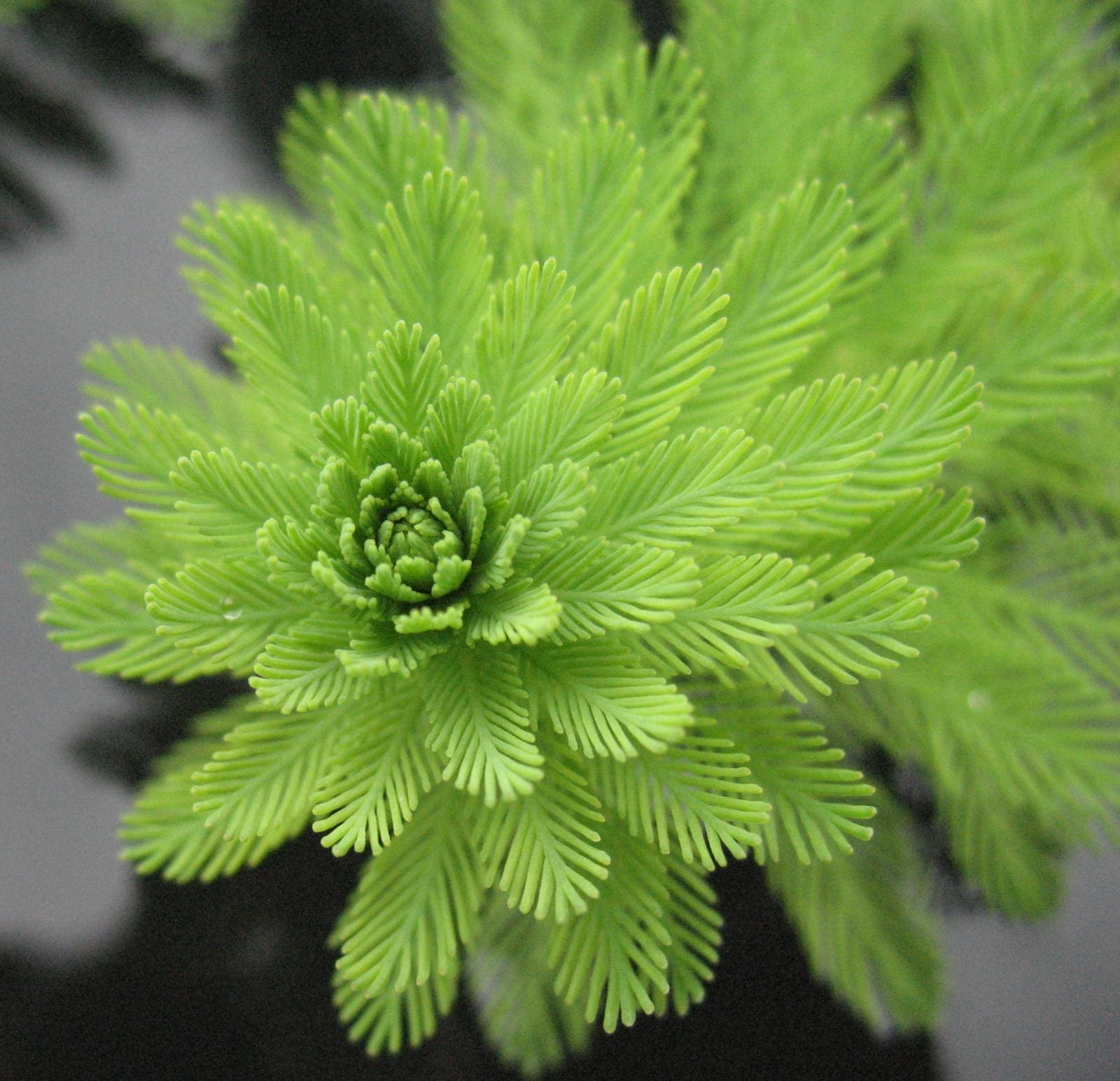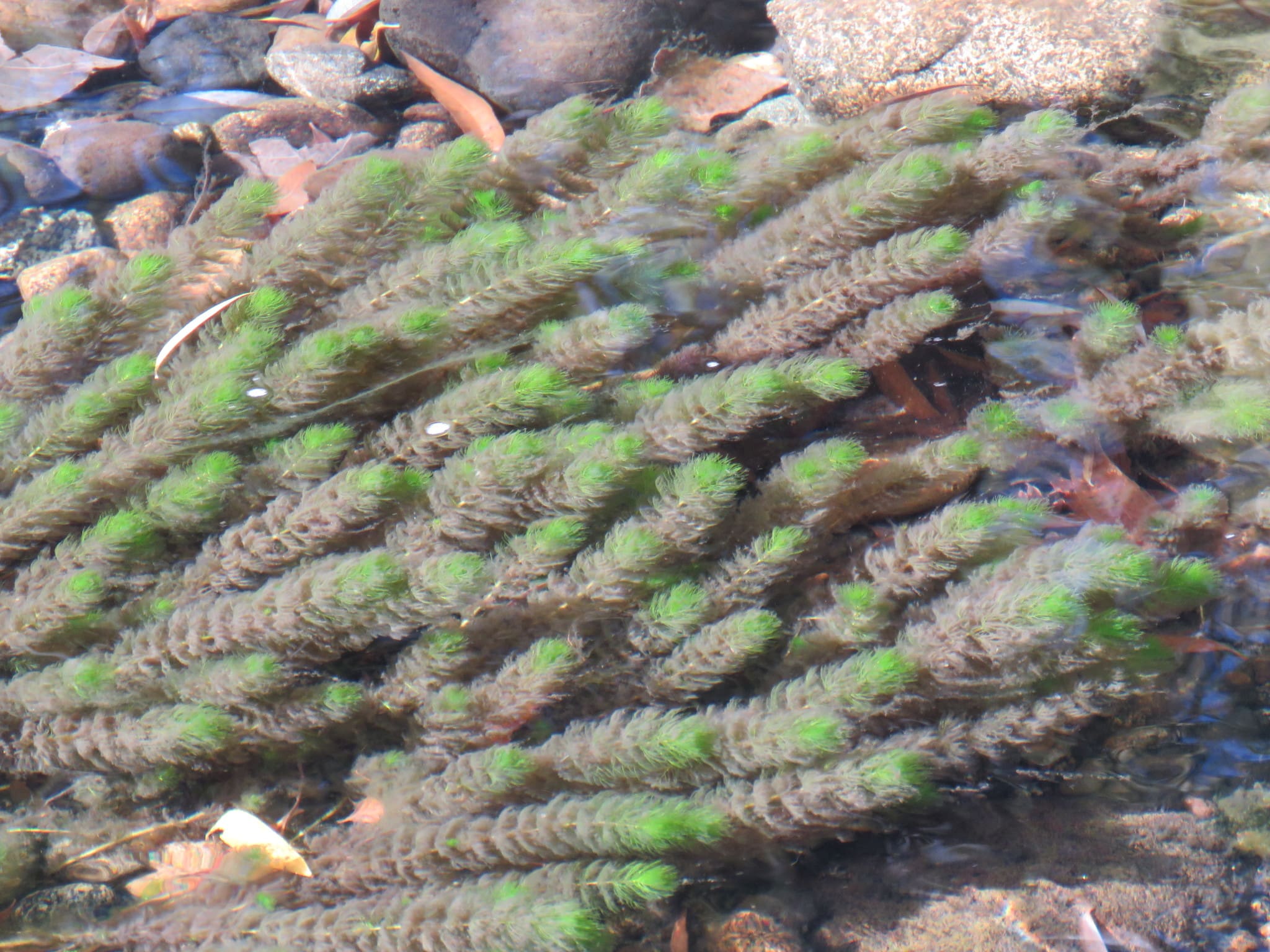In this exegesis, you will unravel the characteristics and implications of a lesser-known aquatic weed – the Myriophyllum Indicum. Notably, it is an invasive species, often trailing its roots in wetland ecosystems across various geographies, wreaking havoc on local flora and fauna. This discourse elucidates the weed’s taxonomic classification, morphology, life cycle, impacts, and possible remediation strategies to mitigate the aftermath of its invasion. In the ensuing narrative, engage with the complex interplay of ecosystem dynamics and human intervention, using the Myriophyllum Indicum as your case study. This academic exploration aims to deepen your understanding of this intrusive species and its central role within aquatic biodiversity.

Basic Description of Myriophyllum Indicum
Myriophyllum indicum, commonly referred to as Indian watermilfoil, is a plant species within the Haloragaceae family. This freshwater plant is particularly known for its aquatic weed status, making it a significant subject of botanical and ecological study.
Scientific Classification
In the hierarchy of biological classification, Myriophyllum indicum belongs to the Plantae kingdom. It falls in the Tracheophyta division, under the Magnoliopsida class. Within this class, Myriophyllum indicum is part of the Haloragales order and the Haloragaceae family.
General Physical Characteristics
Myriophyllum indicum can often be identified by its aquatic, perennial herb structure. It typically features a green, unbranched stem that can measure up to 130 cm in length. The plant boasts whorled leaves, consisting of four to six leaflets per whorl, and each leaflet measures between 1.5 to 4.5 cm in length. One of the distinguishing characteristics of this species is its inflorescence, which presents itself as a spike of numerous tiny yellow flowers.
Habitat and Distribution
Myriophyllum indicum is a predominantly aquatic plant that thrives in freshwaters settings. It is often found in standing or slowly flowing bodies of water, including streams, lakes, and ponds. This species boasts a wide geographical distribution, occurring naturally in Asian countries including but not limited to India, China, and Malaysia. It also appears in Oceania and Australia.
Life cycle of Myriophyllum Indicum
Understanding the life cycle of Myriophyllum indicum lends valuable insights into managing and controlling its spread.
Seed Germination
As a perennial, Myriophyllum indicum’s life starts from a seed. The germination process for this plant is influenced by light intensity, temperature, and moisture content, among other factors.
Growth and Development
Following germination, Myriophyllum indicum enters a period of vegetative growth. It utilizes nutrients and light to grow in a submerged aquatic environment. The plant can reproduce vegetatively, through fragmentation, where each fragment can root and develop into a new plant.
Blooming and Seed Production
Seed production occurs during the blooming stage. The plant produces inflorescences, clusters of small, yellow flowers on an emergent spike. These flowers subsequently produce seeds, ready for dispersal and germination.
Dormancy
Like other perennial plants, Myriophyllum indicum goes through a dormant period. During colder temperatures or unfavorable conditions, the plant’s growth and metabolic activities slow down significantly. It can survive in sediments in a dormant state and return to active growth when conditions become favorable.

Ecological Importance of Myriophyllum Indicum
Despite its reputation as an aquatic weed, Myriophyllum indicum holds a significant ecological role.
Role in Aquatic Ecosystem
In aquatic ecosystems, the plant contributes to nutrient cycling, providing shelter and food source for aquatic organisms while maintaining oxygen levels in the water bodies.
Interaction with Other Species
Myriophyllum indicum interacts with a range of organisms in its habitat. It offers a habitat for microorganisms, food source to herbivores, and breeding sites for various insects and fishes.
Value for Wildlife
The plant significantly contributes to supporting wildlife, particularly waterfowl and fish species, which use it as a food source or breeding ground. Its dense growth can also provide a refuge for smaller organisms from predators.
Agricultural Importance of Myriophyllum Indicum
The plant, while typically viewed as a nuisance, may hold potential for agricultural use.
Impact on Fish Farming
In fish farming, Myriophyllum indicum may benefit certain fish species by providing shelter and food and enhancing the aesthetics of fish ponds. However, when growth becomes too extensive, it can disrupt fishing practices and reduce recreational value.
Effect on Rice Cultivation
In rice paddies, the plant can compete with rice for nutrients and light, leading to reduced crop yield. On the other hand, if effectively managed, it can serve as a bioindicator for nutrient imbalance in rice field ecosystems.
Utilization of Myriophyllum indicum
Despite its adverse impacts, Myriophyllum indicum has potential agricultural benefits. It is known for its phytoremediation properties, aiding in removing toxic substances from water bodies. It can also be used as a compost ingredient and as a biofertilizer due to its high nutrient content.

Cultivation of Myriophyllum Indicum
Cultivating Myriophyllum indicum requires a comprehensive understanding of the plant’s growth conditions, propagation methods, and maintenance needs.
Growth Conditions
The plant favors fresh, calm water conditions and prefers full sunlight. It is tolerant of a wide range of pH and can survive in nutrified waters, which are rich in phosphorus and nitrogen compounds.
Propagation Methods
The most efficient propagation method involves vegetative reproduction through fragmentation. The plant can also reproduce sexually, producing seeds that can survive in sediments before germinating.
Care and Maintenance
While the plant doesn’t require much maintenance, controlling its growth can significantly impact the ecosystem’s balance it inhabits. It may require regular control measures to prevent the establishment of dense populations.
Threats to Myriophyllum Indicum
Myriophyllum indicum faces several threats that can affect its growth and proliferation.
Climate Change Effects
Climate change-induced alterations, such as global warming, can affect the distribution and growth of Myriophyllum indicum. Warmer temperatures may enhance its growth rate and exacerbate its invasive nature.
Human Activities
Human activities, such as nutrient pollution and habitat modification, may favor the plant’s proliferation. Conversely, activities aimed at its eradication, like herbicide application and mechanical removal, can threaten the plant’s survival.
Diseases and Pests
Like other plants, Myriophyllum indicum is susceptible to diseases and pest attacks that can hinder its growth and propagation.

Myriophyllum Indicum as an Invasive Species
Due to its rapid growth and wide ecological amplitude, Myriophyllum indicum has gained a reputation as an invasive species in some areas outside its native range.
Global Spread
The plant has spread to several regions worldwide, where it has established itself and often outcompetes native species for resources.
Impact on Native Species
In invaded ecosystems, the plant can cause significant changes, negatively impacting native aquatic plant diversity and disrupting ecological functions.
Control Measures
Controlling the plant’s spread requires a combination of measures, including mechanical removal, herbicide application, and biocontrol methods such as the use of specific herbivorous insects.
Economic Impact of Myriophyllum Indicum
While Myriophyllum indicum has potential economic benefits, its status as a weed often results in economic burdens.
Direct economic costs
The plant’s dense growth can disrupt fishing, boating, and other recreational activities, leading to economic losses. It may also increase costs related to irrigation and flood control by blocking waterways.
Costs of Control Measures
The expenses associated with controlling the spread of Myriophyllum indicum, including labor, equipment, and herbicide costs, can be significant.
Potential Economic Benefits
Despite these costs, some economic benefits may arise from the plant’s utilization. The plant’s role in phytoremediation, biofertilizer production, and potential medicinal properties may contribute to its economic value.

Legal Status and Regulations on Myriophyllum Indicum
The extensive spread and ecological impacts of Myriophyllum indicum have led to legal restrictions and regulations imposed on its growth.
Legal Status in Various Countries
In some countries, particularly where the plant poses an invasive threat, its growth, transport, or sale is heavily regulated or prohibited.
Regulations and Policies
Policies aimed at controlling the plant’s spread often involve measures for early detection and rapid response, or prohibiting its cultivation and transplanting in certain areas.
Enforcement Challenges
Enforcement of these policies and regulations often faces challenges, including inadequate resources, difficulty in detecting new invasions at early stages, and limited public awareness of the plant’s harmful impacts.
Future of Myriophyllum Indicum
The future of Myriophyllum indicum relies on concerted efforts towards understanding its biology, controlling its spread, and leveraging its potential uses responsibly.
Predicted Spread
With climate change, human activities, and favorable growth conditions, Myriophyllum indicum’s spread is likely to continue.
Future Research Directions
Areas for future research may include understanding the plant’s genetic diversity, improving control methods, and exploring its potential industrial and medicinal uses.
Potential Uses and Benefits
The future may reveal more potential uses of Myriophyllum indicum. A better understanding of its biology may enhance its effective utilization in sectors like agriculture, water treatment, and medicine. At the same time, the sustainable use of this plant will require effective management to minimize its ecological and economic impacts.